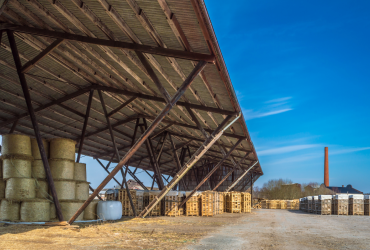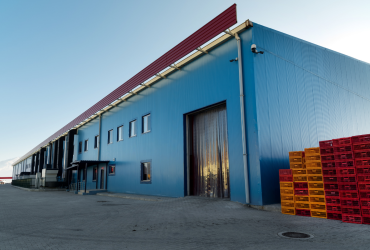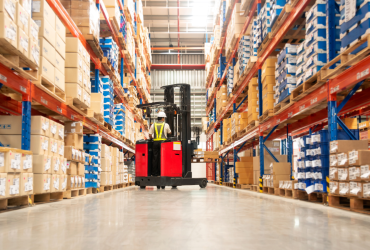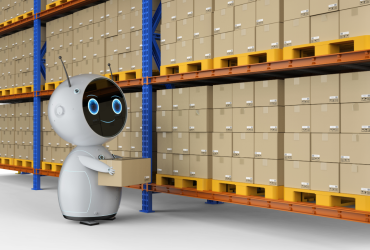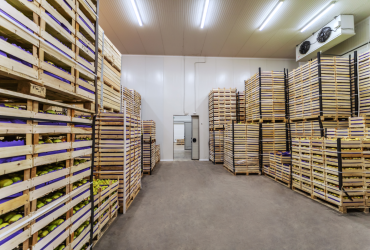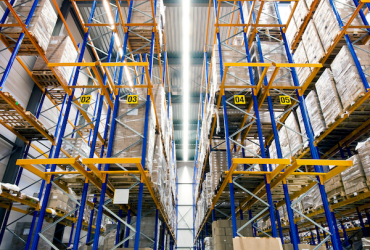
Do you know the types of warehouses in logistics?
Warehouses are one of the essentials of the logistics sector. Because it is a separate question where the goods that are or will be transported will be kept for a certain period of time. These goods are kept in warehouses until the day of transportation or until they reach their supplier. Well, did you know that there are also types of warehouses that solve an important problem of the sector? In this article, we will tell you about the types of warehouses. We will first classify the warehouses according to their contact with air. Depending on the contact of the products with air, we can group them under three main headings as Open Air, Closed and Cold Storage.
Open Air Storages
As the name suggests, open-air warehouses include warehouses without a roof. These warehouses, whose investment cost is quite affordable, have either a wire mesh or a wall around them. Sometimes they are surrounded by a metal part. It should not be forgotten that the products stored here are affected by weather conditions such as rain, snow, wind and sun. Logs, vehicles, machinery, iron scrap and similar goods that are resistant to these conditions are found in such warehouses.
Closed Warehouses
Constructed with reinforced concrete, steel, metal panels and similar materials, these warehouses are completely closed and are not affected by weather conditions. The products and goods stored in these warehouses are stored safely thanks to controlled temperature and lighting.
Cold Air Storages
Although these warehouses are a special type of closed warehouses, the main purpose of these warehouses is to protect the product without spoiling. In this way, the shelf life of the products is extended and their commercial value is preserved. Products such as meat, fish, milk, yogurt, ice cream, vegetables and fruits, medicines are stored in such warehouses. Likewise, they are transported from one place to another with the cold chain system. These operations are called cold chain logistics. We have grouped the warehouses in this way according to their contact with air. Now we will make a classification according to the level of automation. The level of technology used in warehouses determines the classification here, and we call these warehouses as traditional, high-density and automated warehouses.
Traditional Warehouses
In these warehouses with high product entry and exit traffic, the ceiling height is over 10 meters due to the high volume. High altitude racks are preferred in these warehouses and only forklifts are not enough. Vehicles and systems such as reach trucks and turret trucks are used to access higher places.
Automatic Warehouses
In these warehouses, where almost all operations are computerized, the human factor is minimized. Operations are carried out with systems such as automatic storage and retrieval systems, conveyors, rollers and lifting equipment. Thanks to warehouse management systems, errors and losses are largely eliminated and productivity is increased.
High Density Warehouses
In these warehouses with high product entry and exit traffic, the ceiling height is over 10 meters due to the high volume. High altitude racks are preferred in these warehouses and only forklifts are not enough. Vehicles and systems such as reach trucks and turret trucks are used to access higher places.

